Gradient checkpointing and local SGD
Efficient AI Model Training with PyTorch

Dennis Lee
Data Engineer
Improving training efficiency

Gradient checkpointing improves memory efficiency

Local SGD addresses communication efficiency

What is gradient checkpointing?
- Gradient checkpointing: reduce memory by selecting which activations to save
- Example: compute A + B = C
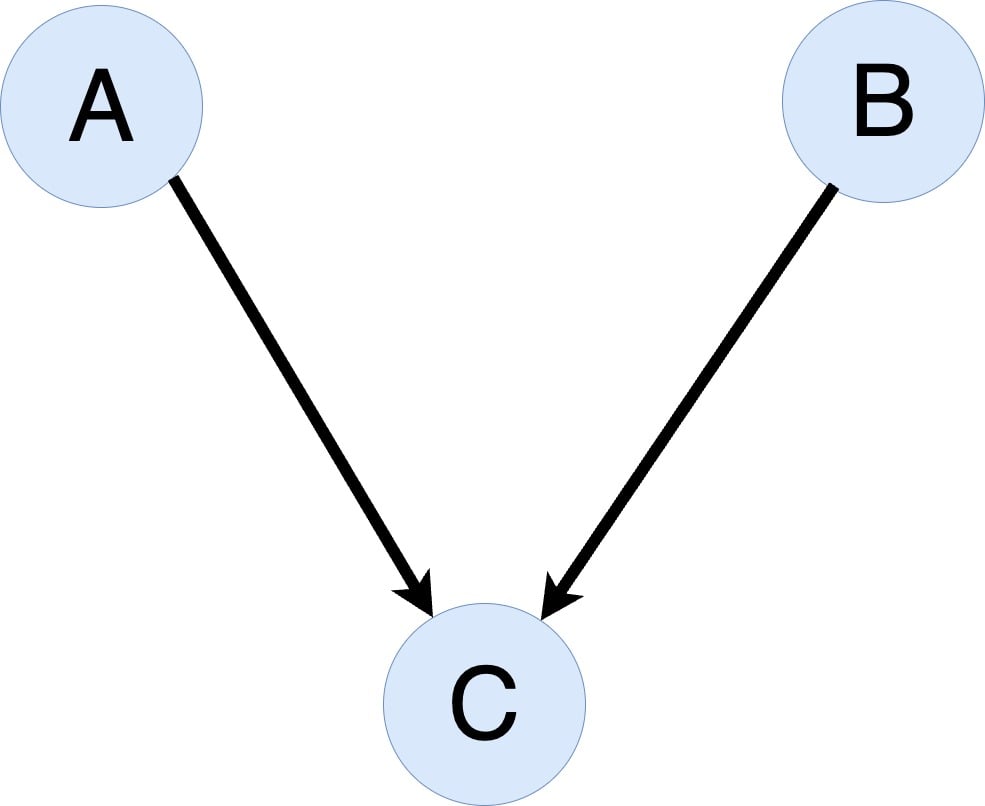
What is gradient checkpointing?
- Gradient checkpointing: reduce memory by selecting which activations to save
- Example: compute A + B = C
- First compute A, B, then compute C
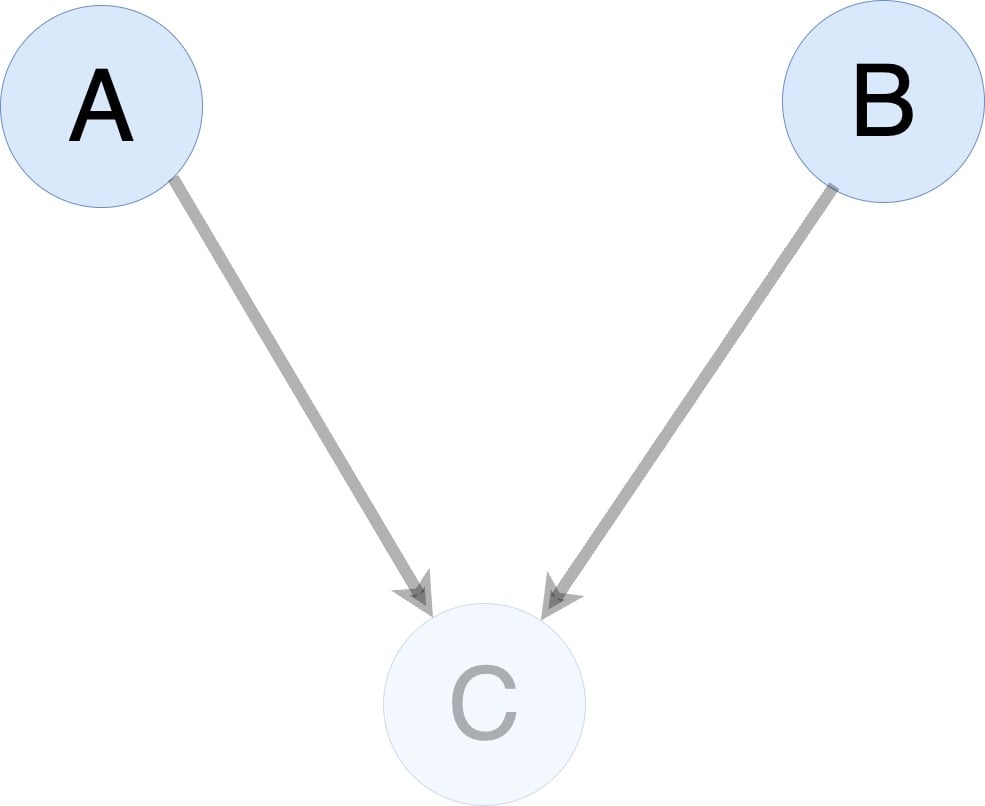
What is gradient checkpointing?
- Gradient checkpointing: reduce memory by selecting which activations to save
- Example: compute A + B = C
- First compute A, B, then compute C
- A, B not needed for rest of forward pass
- Should we save or remove A and B?
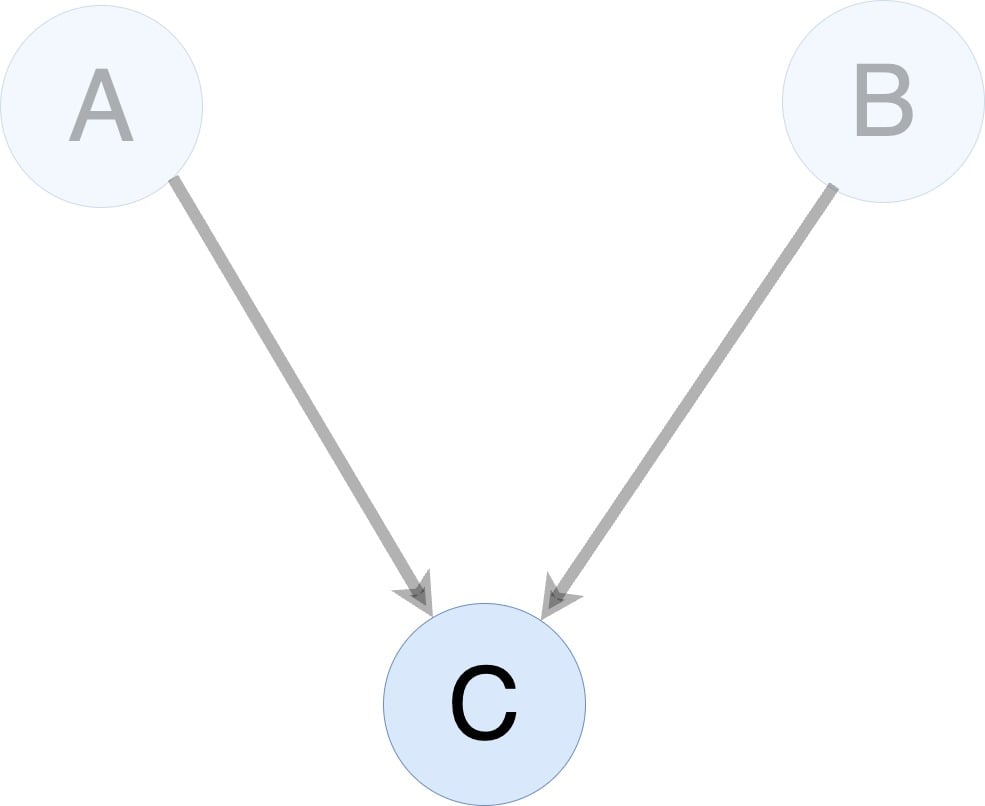
What is gradient checkpointing?
- Gradient checkpointing: reduce memory by selecting which activations to save
- Example: compute A + B = C
- First compute A, B, then compute C
- A, B not needed for rest of forward pass
- Should we save or remove A and B?
- No gradient checkpointing: save A, B

What is gradient checkpointing?
- Gradient checkpointing: reduce memory by selecting which activations to save
- Example: compute A + B = C
- First compute A, B, then compute C
- A, B not needed for rest of forward pass
- Should we save or remove A and B?
- No gradient checkpointing: save A, B
- Gradient checkpointing: remove A, B

What is gradient checkpointing?
- Gradient checkpointing: reduce memory by selecting which activations to save
- Example: compute A + B = C
- First compute A, B, then compute C
- A, B not needed for rest of forward pass
- Should we save or remove A and B?
- No gradient checkpointing: save A, B
- Gradient checkpointing: remove A, B
- Recompute A, B during backward pass

What is gradient checkpointing?
- Gradient checkpointing: reduce memory by selecting which activations to save
- Example: compute A + B = C
- First compute A, B, then compute C
- A, B not needed for rest of forward pass
- Should we save or remove A and B?
- No gradient checkpointing: save A, B
- Gradient checkpointing: remove A, B
- Recompute A, B during backward pass
- If B is expensive to recompute, save it
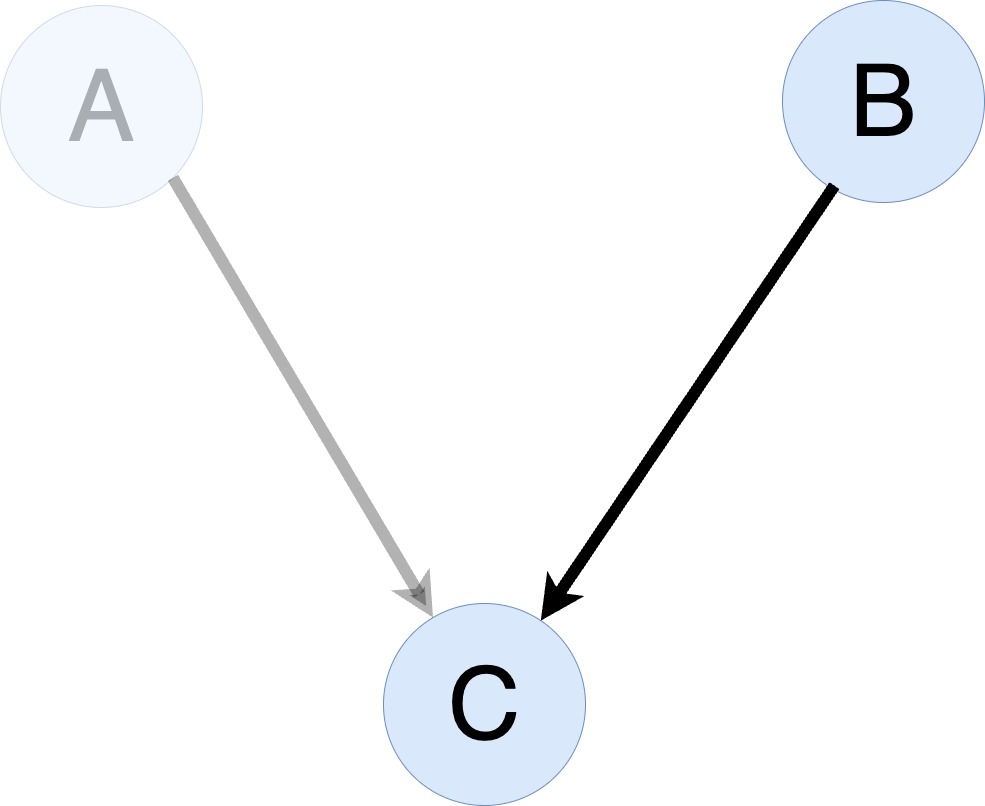
Trainer and Accelerator
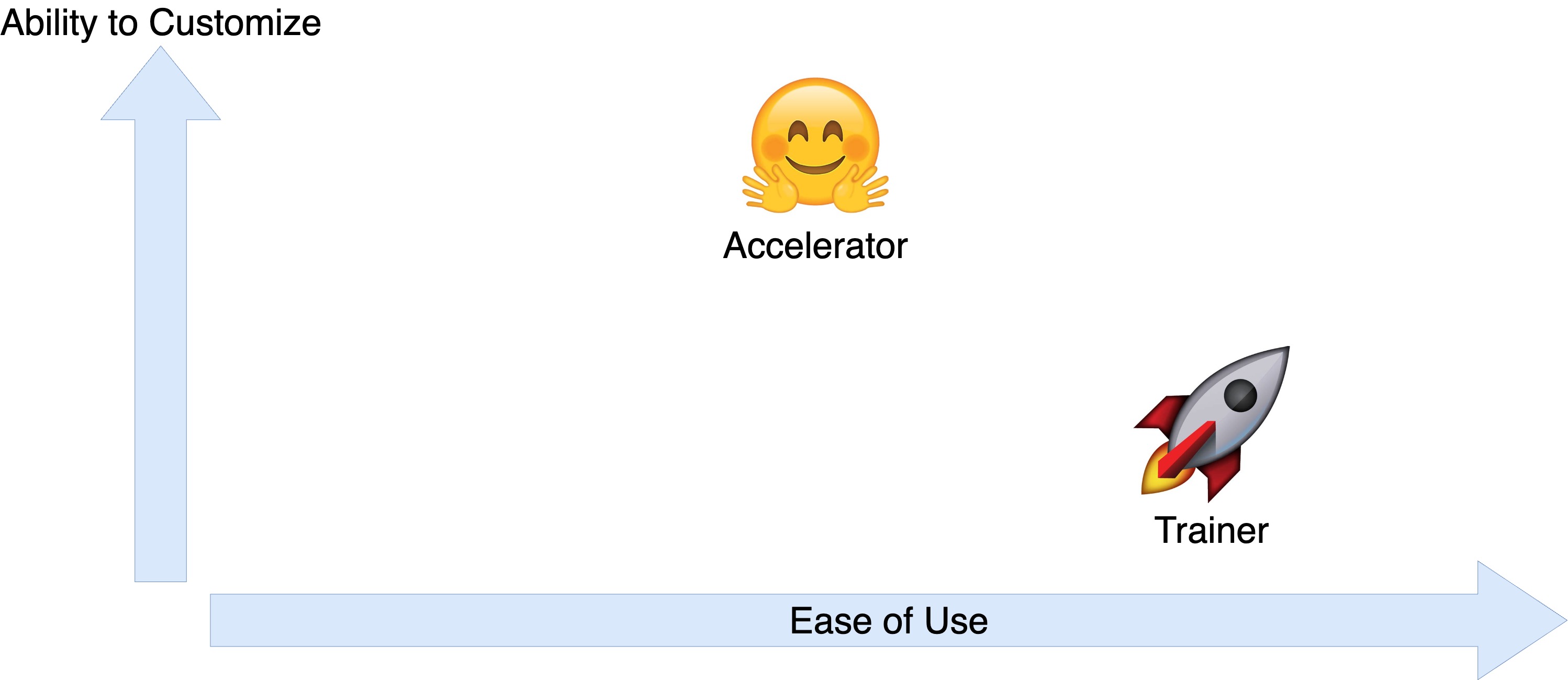
Trainer and Accelerator
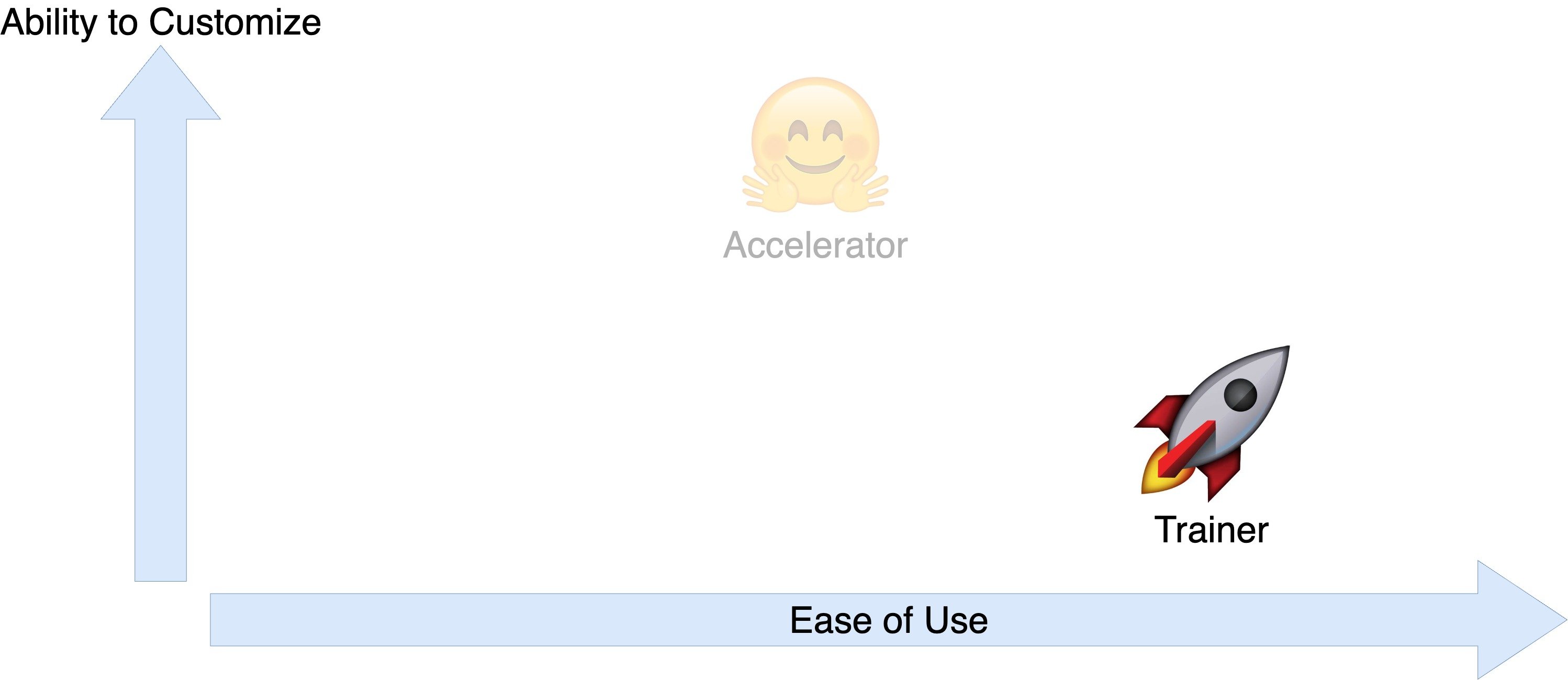
Gradient checkpointing with Trainer
training_args = TrainingArguments(output_dir="./results",
evaluation_strategy="epoch",
gradient_accumulation_steps=4)
Gradient checkpointing with Trainer
training_args = TrainingArguments(output_dir="./results", evaluation_strategy="epoch", gradient_accumulation_steps=4, gradient_checkpointing=True)trainer = Trainer(model=model, args=training_args, train_dataset=dataset["train"], eval_dataset=dataset["validation"], compute_metrics=compute_metrics)trainer.train()
{'epoch': 1.0, 'eval_loss': 0.73, 'eval_accuracy': 0.03, 'eval_f1': 0.05}
From Trainer to Accelerator
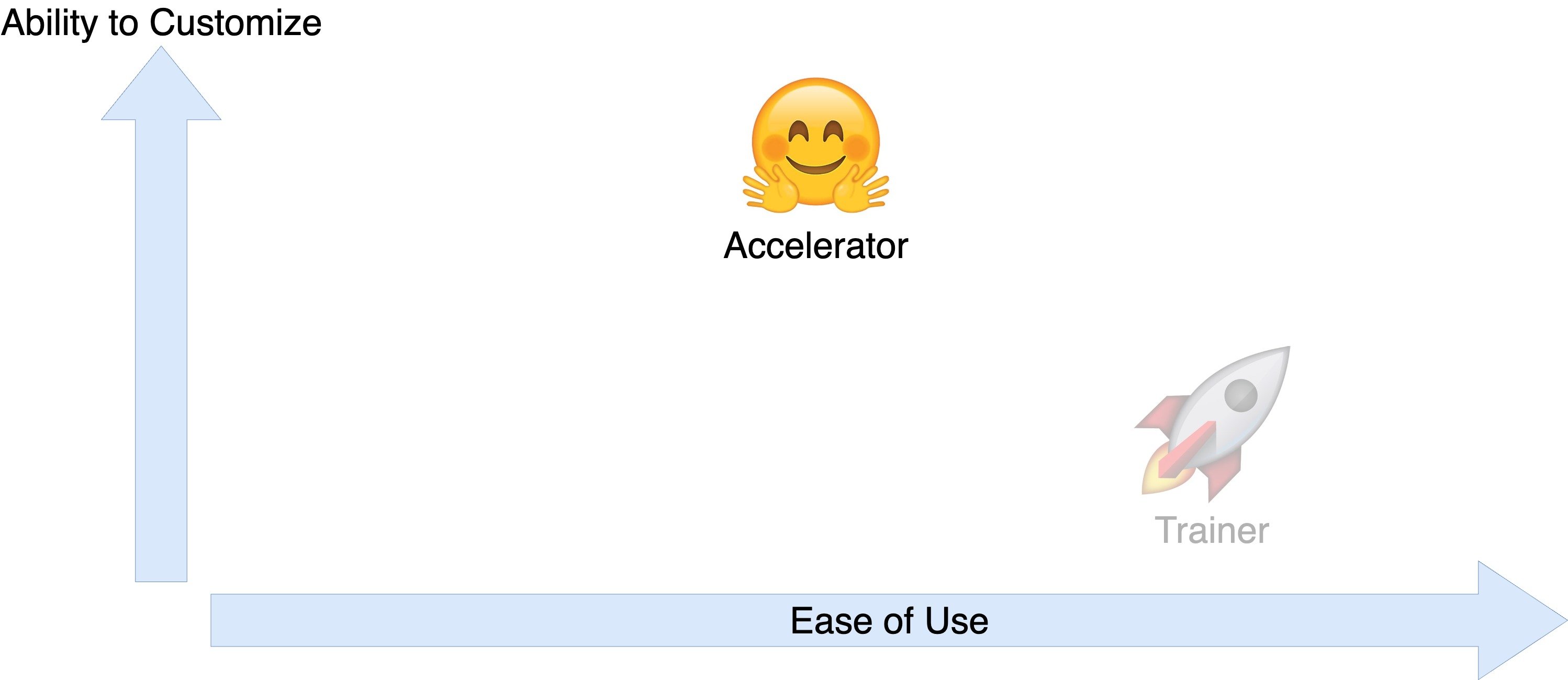
Gradient checkpointing with Accelerator
accelerator = Accelerator(gradient_accumulation_steps=2)
for index, batch in enumerate(dataloader):
with accelerator.accumulate(model):
inputs, targets = batch["input_ids"], batch["labels"]
outputs = model(inputs, labels=targets)
loss = outputs.loss
accelerator.backward(loss)
optimizer.step()
lr_scheduler.step()
optimizer.zero_grad()
Gradient checkpointing with Accelerator
accelerator = Accelerator(gradient_accumulation_steps=2)
model.gradient_checkpointing_enable()
for index, batch in enumerate(dataloader):
with accelerator.accumulate(model):
inputs, targets = batch["input_ids"], batch["labels"]
outputs = model(inputs, labels=targets)
loss = outputs.loss
accelerator.backward(loss)
optimizer.step()
lr_scheduler.step()
optimizer.zero_grad()
Local SGD improves communication efficiency

What is local SGD?

- Each device computes gradients in parallel
What is local SGD?

- Each device computes gradients in parallel
- Gradient synchronization: Driver node updates model parameters on each device
- Local SGD: Reduce frequency of gradient synchronization
Local SGD with Accelerator
for index, batch in enumerate(dataloader):
with accelerator.accumulate(model):
inputs, targets = batch["input_ids"], batch["labels"]
outputs = model(inputs, labels=targets)
loss = outputs.loss
accelerator.backward(loss)
optimizer.step()
lr_scheduler.step()
optimizer.zero_grad()
Local SGD with Accelerator
from accelerate.local_sgd import LocalSGD
with LocalSGD(accelerator=accelerator, model=model, local_sgd_steps=8,
enabled=True) as local_sgd:
for index, batch in enumerate(dataloader):
with accelerator.accumulate(model):
inputs, targets = batch["input_ids"], batch["labels"]
outputs = model(inputs, labels=targets)
loss = outputs.loss
accelerator.backward(loss)
optimizer.step()
lr_scheduler.step()
optimizer.zero_grad()
Local SGD with Accelerator
from accelerate.local_sgd import LocalSGD
with LocalSGD(accelerator=accelerator, model=model, local_sgd_steps=8,
enabled=True) as local_sgd:
for index, batch in enumerate(dataloader):
with accelerator.accumulate(model):
inputs, targets = batch["input_ids"], batch["labels"]
outputs = model(inputs, labels=targets)
loss = outputs.loss
accelerator.backward(loss)
optimizer.step()
lr_scheduler.step()
optimizer.zero_grad()
local_sgd.step()
Let's practice!
Efficient AI Model Training with PyTorch

